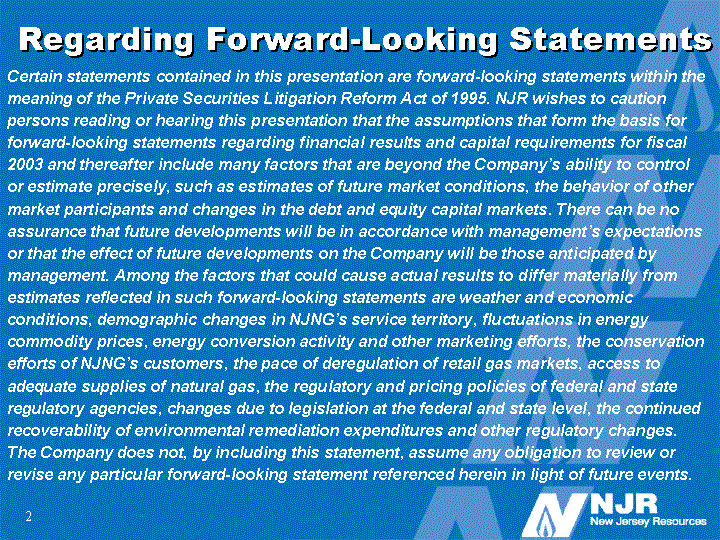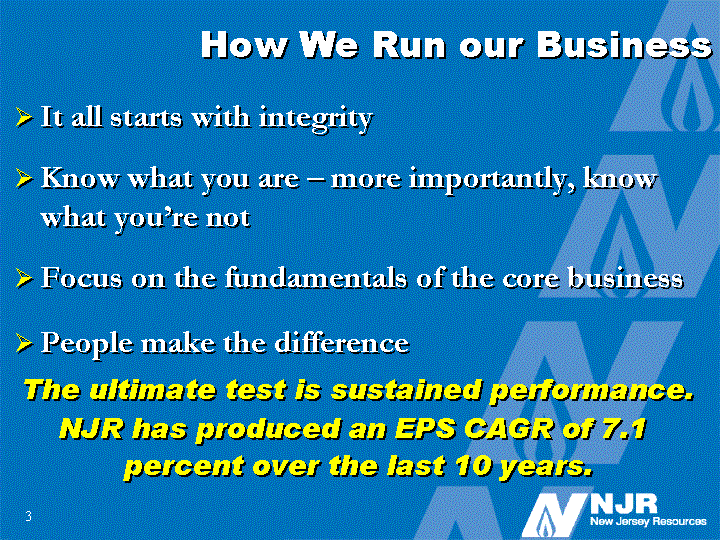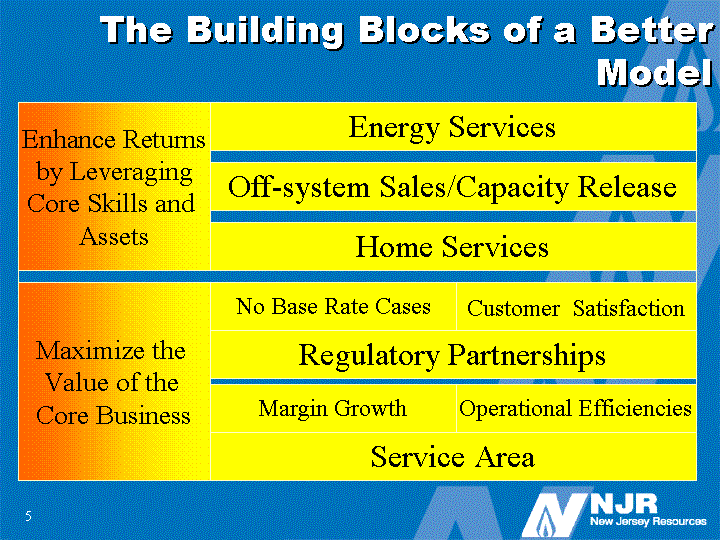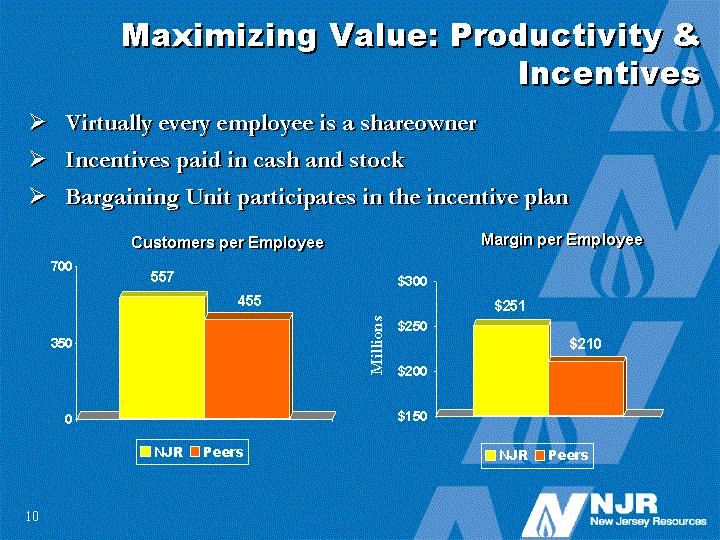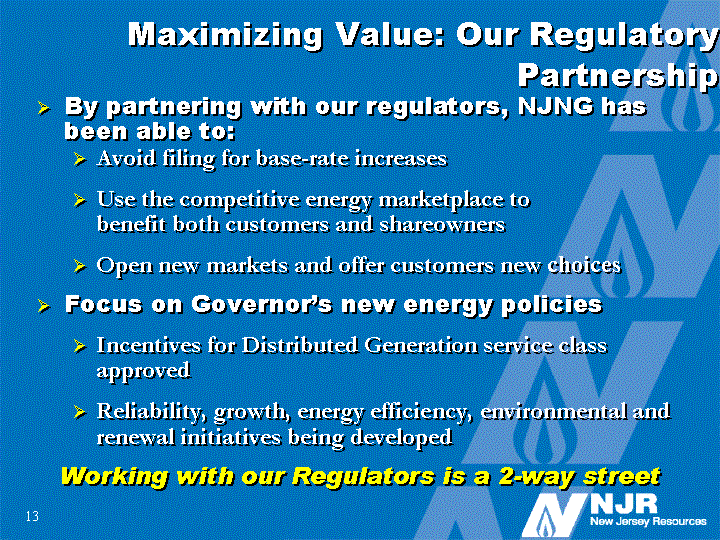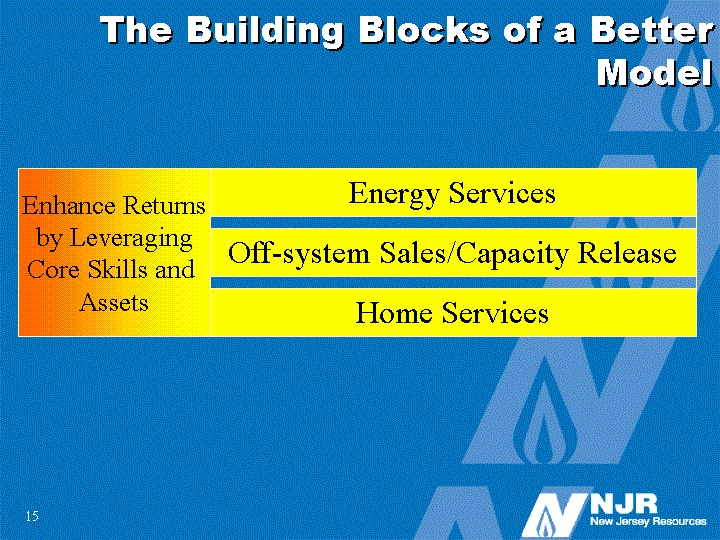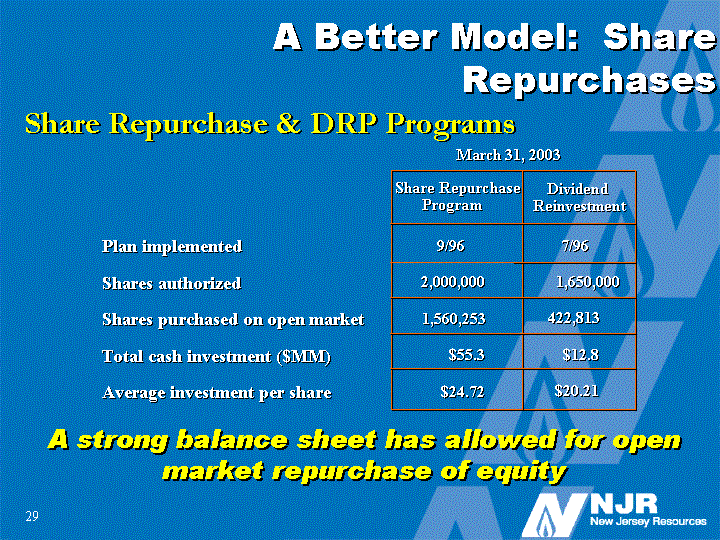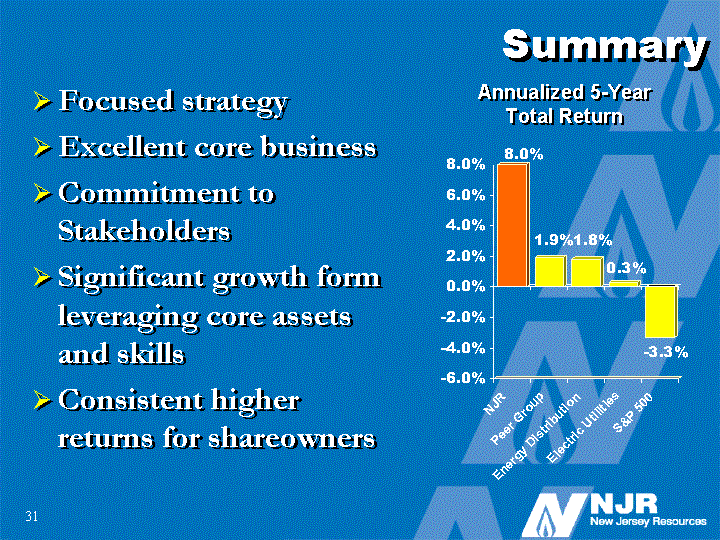Free signup for more
- Track your favorite companies
- Receive email alerts for new filings
- Personalized dashboard of news and more
- Access all data and search results
Filing tables
Filing exhibits
NJR similar filings
- 27 Aug 03 Financial statements and exhibits
- 24 Jul 03 Financial statements and exhibits
- 18 Jun 03 Financial statements and exhibits
- 12 Jun 03 Financial statements and exhibits
- 5 May 03 Financial statements and exhibits
- 24 Apr 03 Financial statements and exhibits
- 7 Feb 03 Financial statements and exhibits
Filing view
External links

